Marketing campaign analysis is no longer a simple task; it’s a strategic imperative for businesses seeking to maximize ROI and achieve sustainable growth. In today’s dynamic digital landscape, understanding why a campaign performed well – or didn’t – is crucial. This article delves into the core principles of marketing campaign analysis, providing a comprehensive guide to dissecting data, identifying key insights, and implementing actionable improvements. The core focus is on leveraging data to inform future strategies and optimize performance across all channels. Marketing campaign analysis is about more than just numbers; it’s about understanding the narrative behind the results. It’s about uncovering the underlying drivers of success and identifying areas for refinement. Let’s begin.
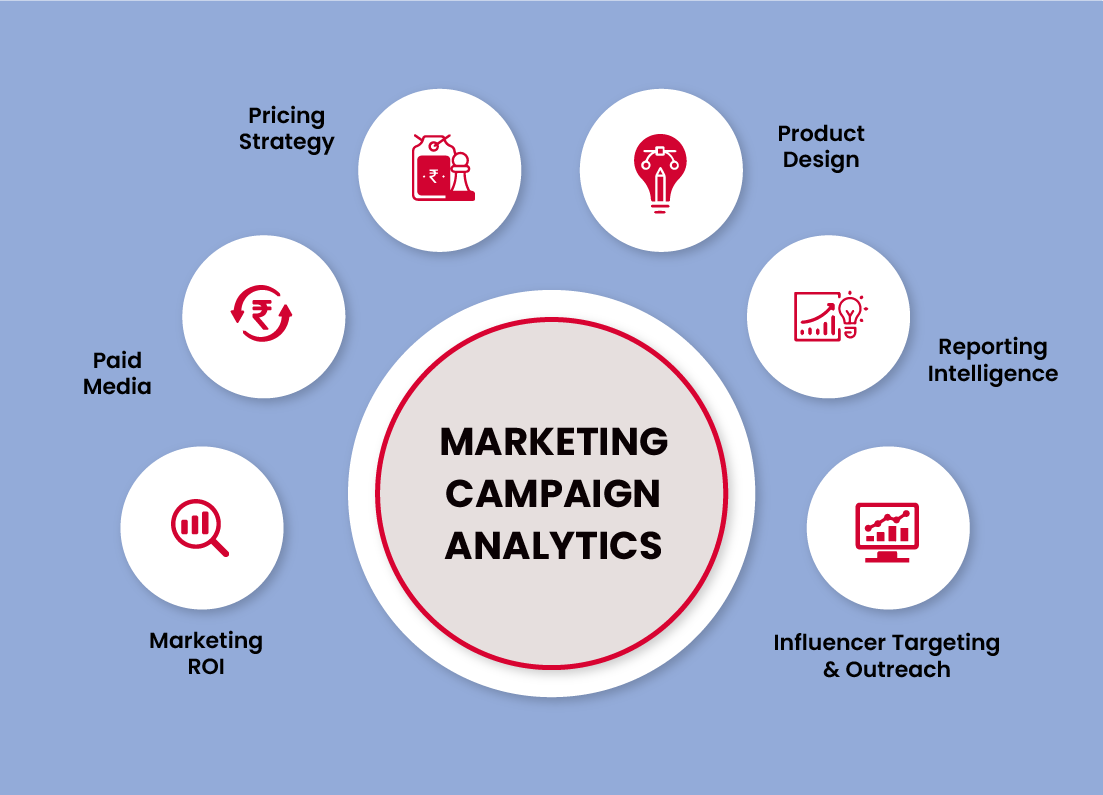
Understanding the Foundations of Effective Analysis
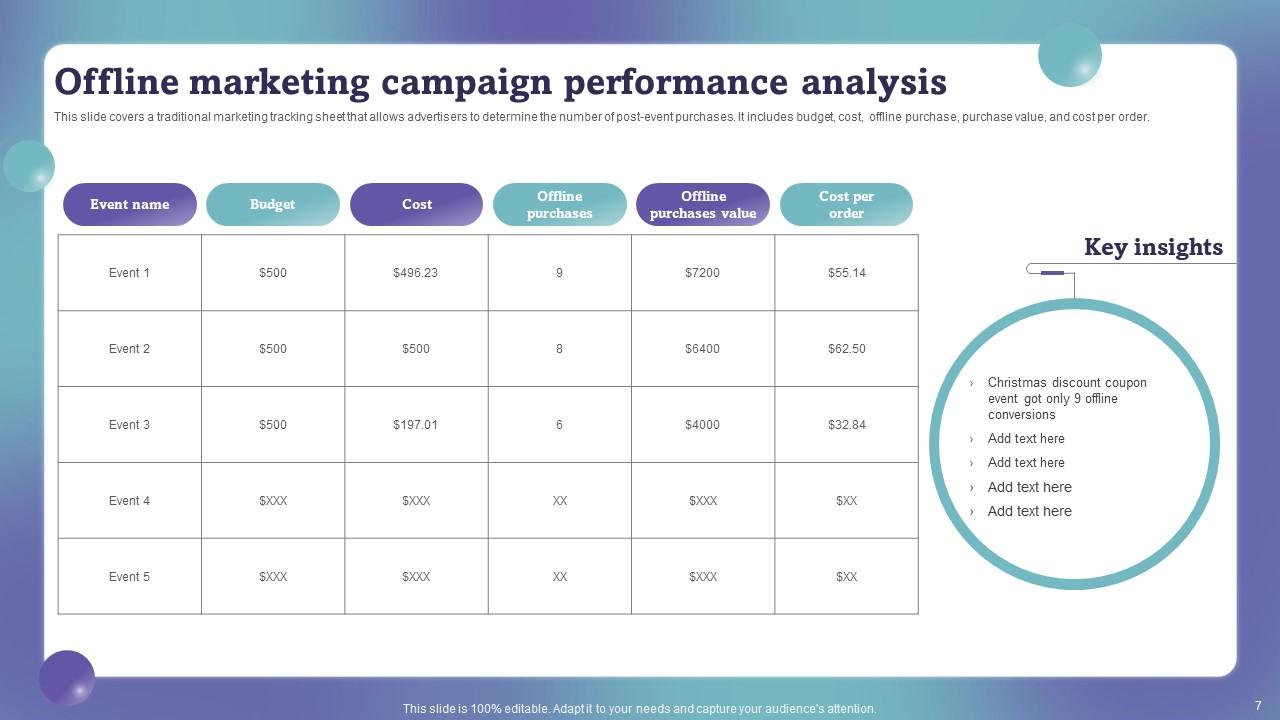
Before diving into specific techniques, it’s essential to establish a solid foundation for marketing campaign analysis. A robust analysis begins with clearly defined goals. Were the goals SMART – Specific, Measurable, Achievable, Relevant, and Time-bound? Without clear objectives, the analysis becomes a chaotic exercise. Furthermore, a well-defined target audience is paramount. Understanding who you’re trying to reach – their demographics, psychographics, online behavior, and pain points – directly impacts the effectiveness of your campaign. Without a clear understanding of your audience, you’re essentially shooting in the dark. Finally, a solid budget allocation is critical. Knowing how much you’ve invested in each channel and campaign element allows for a more informed assessment of return on investment (ROI). Ignoring these foundational elements will inevitably lead to flawed conclusions and wasted resources.

Key Metrics for Campaign Evaluation
Numerous metrics can be employed to evaluate the success of a marketing campaign. These metrics provide a quantitative snapshot of performance, allowing for objective comparisons and identification of trends. Reach – the number of unique individuals exposed to your campaign – is a fundamental metric. However, simply counting impressions isn’t enough. We need to consider who is reaching those impressions. Engagement – measured through likes, shares, comments, and click-through rates – indicates how compelling your content is and how actively your audience is interacting with it. Conversion rates – the percentage of users who complete a desired action (e.g., purchase, sign-up, download) – are critical for determining the campaign’s ultimate impact. Cost per acquisition (CPA) – the cost associated with acquiring a new customer – is a vital metric for evaluating the efficiency of your marketing spend. Finally, website traffic – the number of visitors driven to your website – provides insight into the campaign’s ability to generate leads and drive brand awareness. Analyzing these metrics together paints a comprehensive picture of campaign performance.
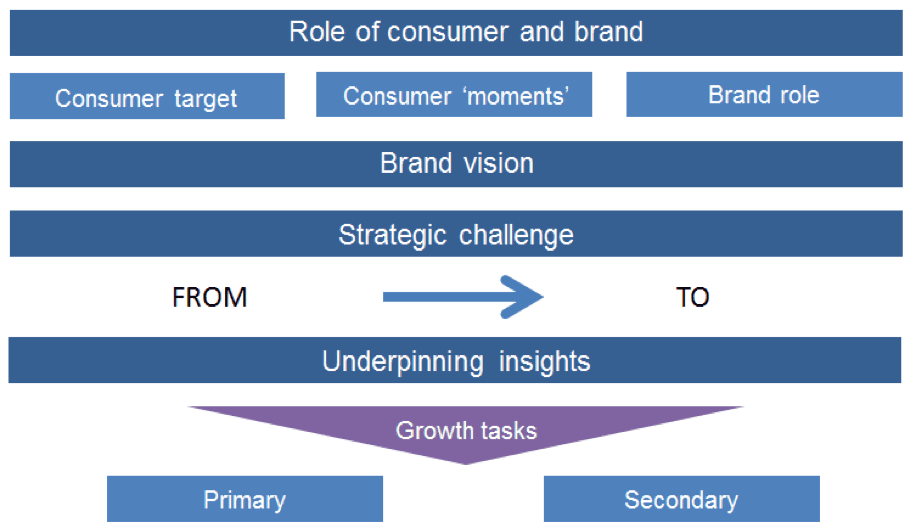
Segmenting Your Data: A Deep Dive into Channels
Different marketing channels require different analytical approaches. A social media campaign, for example, will yield different insights than a paid search campaign. Let’s examine how to segment your data across various channels:

Social Media Marketing Analysis
Social media platforms offer a wealth of data. Engagement rate – the percentage of followers who interact with your content – is a key indicator of content resonance. Sentiment analysis – assessing the overall tone of comments and mentions – reveals how people feel about your brand and campaign. Top-performing posts – identifying which types of content generate the most engagement – provides valuable insights into what resonates with your audience. Audience demographics – understanding the age, gender, location, and interests of your followers allows for targeted advertising and content creation. Furthermore, A/B testing – experimenting with different content formats, headlines, and calls to action – is crucial for optimizing performance. Tools like Facebook Insights, Twitter Analytics, and Instagram Insights provide detailed data on these metrics.
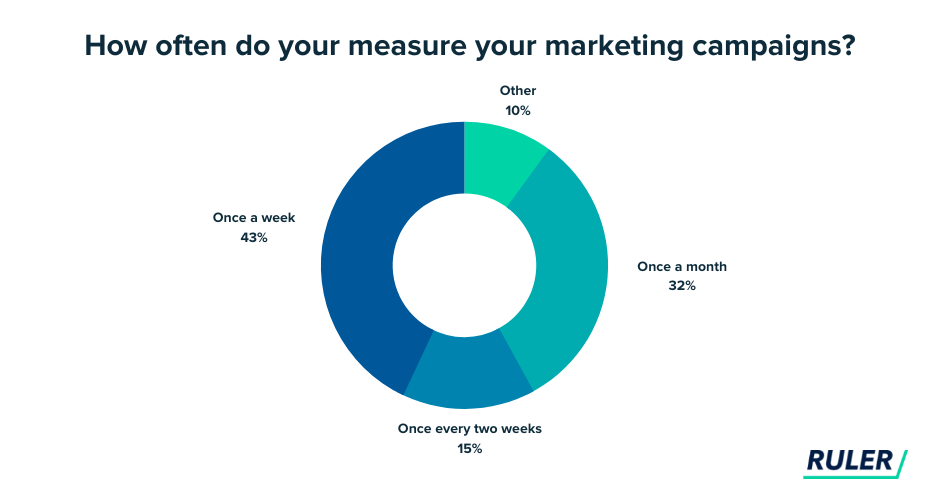
Paid Search Marketing Analysis
Paid search campaigns, such as Google Ads, demand a focused approach. Click-through rate (CTR) – the percentage of users who click on your ad – indicates the relevance of your ad copy and landing page. Conversion rate – the percentage of users who complete a desired action after clicking on your ad – is a critical metric for measuring the effectiveness of your ad campaigns. Cost per click (CPC) – the cost associated with each click on your ad – is essential for optimizing your bids. Keyword performance – identifying which keywords are driving the most traffic and conversions – allows for targeted ad spend. Landing page optimization – analyzing the performance of your landing pages – ensures that they are aligned with your campaign goals and provide a seamless user experience. Regular monitoring and adjustments are key to maximizing ROI in paid search.
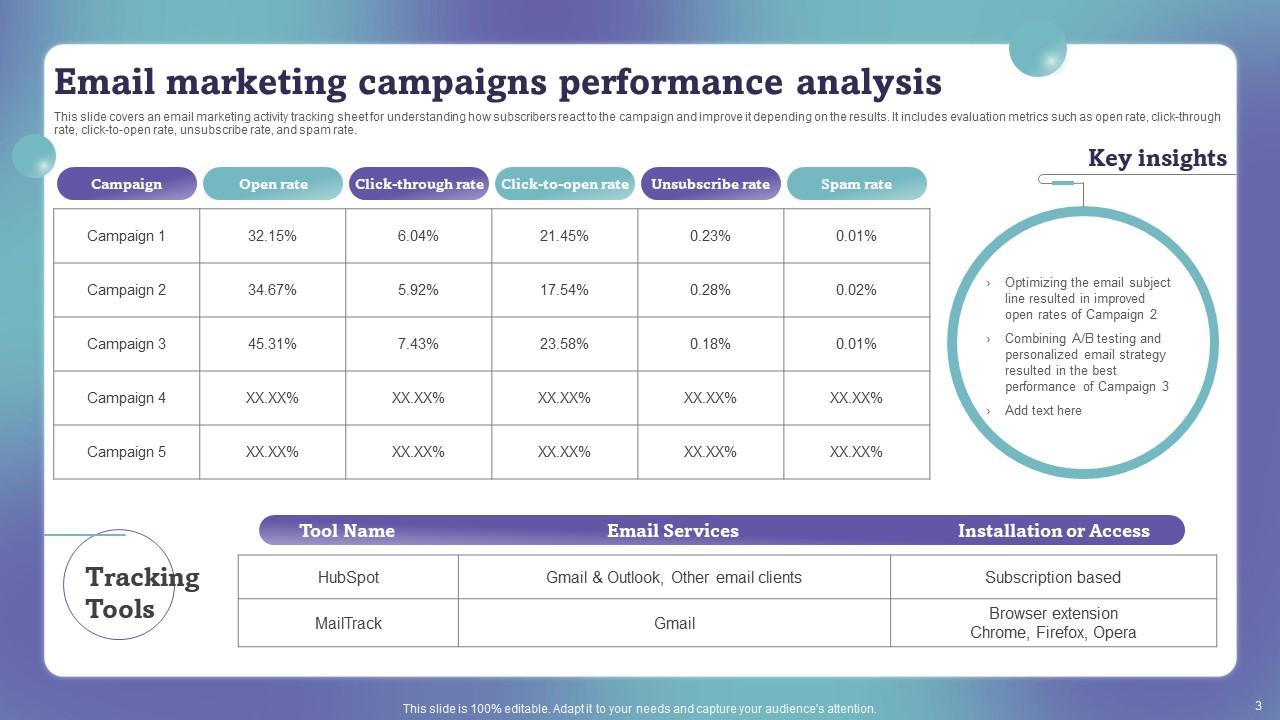
Email Marketing Analysis
Email marketing remains a powerful channel for nurturing leads and driving conversions. Open rate – the percentage of recipients who open your email – is a fundamental metric. Click-through rate (CTR) – the percentage of recipients who click on a link within your email – indicates the relevance of your email content. Conversion rate – the percentage of recipients who complete a desired action after clicking on your email – is a critical measure of campaign effectiveness. Bounce rate – the percentage of emails that fail to deliver – indicates potential issues with your email list or sending process. Unsubscribe rate – the percentage of recipients who unsubscribe from your email list – signals potential problems with your content or frequency. A/B testing email subject lines, content, and calls to action is vital for improving engagement and conversion rates.

Advanced Analysis Techniques for Deeper Insights
Beyond basic metrics, more advanced techniques can provide deeper insights into campaign performance. Regression analysis – used to identify the relationship between different variables – can help understand the impact of various factors on conversion rates. Cohort analysis – grouping users based on their acquisition date – allows for tracking their behavior over time and identifying trends. Attribution modeling – assigning credit to different touchpoints in the customer journey – helps determine which channels are most effective at driving conversions. Heatmaps – visualizing user behavior on your website – can reveal areas where users are struggling or dropping off. These techniques, when combined with the foundational metrics, offer a more nuanced understanding of campaign effectiveness.
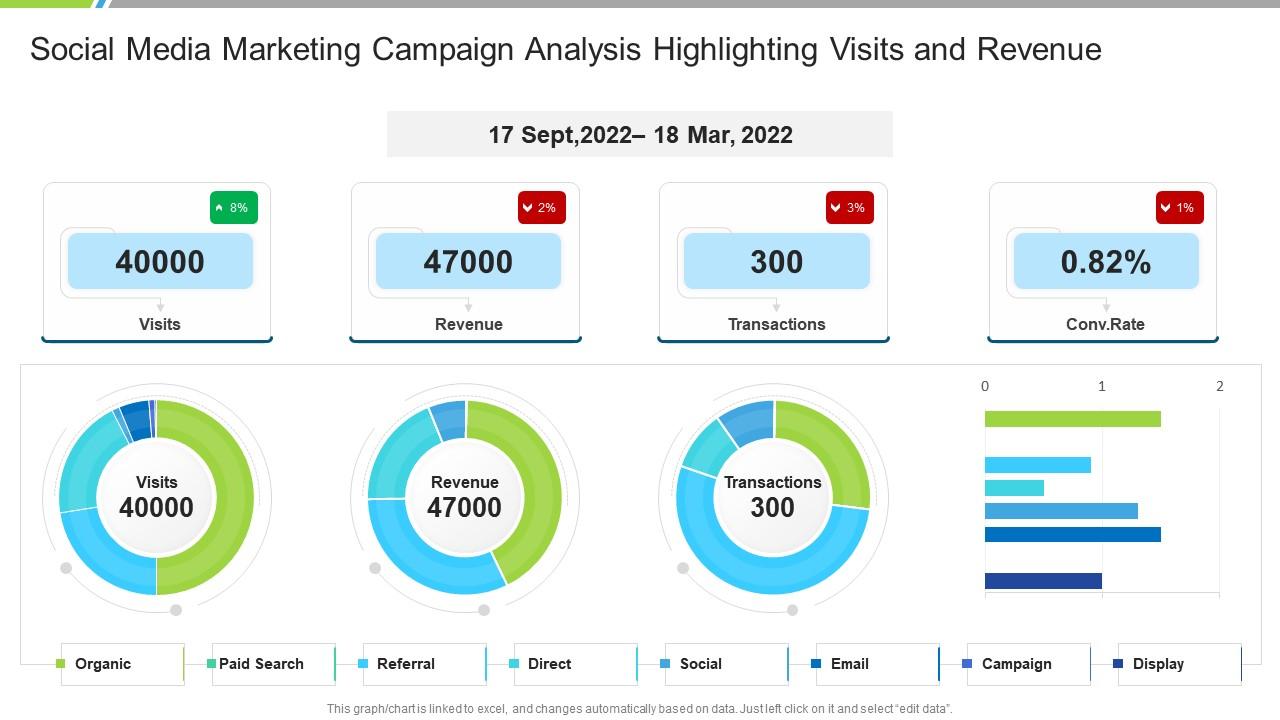
The Role of Data Visualization
Presenting data effectively is crucial for communicating insights to stakeholders. Data visualization tools, such as Tableau and Power BI, allow for creating compelling charts and graphs that highlight key trends and patterns. Choosing the right visualization type – bar charts, line graphs, scatter plots, etc. – depends on the type of data and the message you want to convey. Clear and concise visualizations make it easier for stakeholders to understand complex information and identify opportunities for improvement. Don’t just present numbers; tell a story with your data.

Beyond the Numbers: Qualitative Feedback
While quantitative data is essential, don’t overlook qualitative feedback. Customer surveys – gathering direct feedback from customers – provides valuable insights into their perceptions of your brand and campaign. Social media listening – monitoring social media conversations – reveals what people are saying about your brand and campaign. User testing – observing users as they interact with your website or app – can identify usability issues and areas for improvement. Combining quantitative and qualitative data provides a more holistic view of campaign performance and informs strategic decision-making.
Optimization and Continuous Improvement
The key to successful marketing campaign analysis lies in continuous optimization. Once you’ve identified areas for improvement, implement changes and track their impact. A/B testing – testing different versions of your ads, landing pages, or emails – is a powerful tool for optimizing performance. Looping – regularly reviewing your campaign data and making adjustments based on new insights – ensures that your campaigns remain effective over time. Google Analytics and other web analytics platforms provide detailed data on user behavior, allowing you to identify areas where users are dropping off or struggling. Remember, marketing campaign analysis is an ongoing process, not a one-time event.
Conclusion
Marketing campaign analysis is a critical component of any successful marketing strategy. By understanding the data, identifying key trends, and implementing actionable improvements, businesses can maximize ROI, optimize performance, and achieve sustainable growth. The principles outlined in this article – from foundational metrics to advanced analysis techniques – provide a comprehensive framework for dissecting campaign performance and driving continuous improvement. Ultimately, a deep dive into marketing campaign analysis empowers businesses to make informed decisions, allocate resources effectively, and achieve their marketing goals. Investing in robust data collection, analysis, and optimization is an investment in the future of your brand.